The bond between dog and owner is certainly one of a kind. Having a loyal pup in the household ensures an incredible amount of love from dog to owner, in a "man's best friend" fashion. Although you may not think so, it's actually fairly easy to understand what your pup is asking of you. Some dogs are incredibly obvious when they want delightful bits of love and kisses, but sometimes dogs can behave in a subtle manner as well. Unfortunately, we can't physically speak to our dogs, but here are some signs your dog makes and their translation.
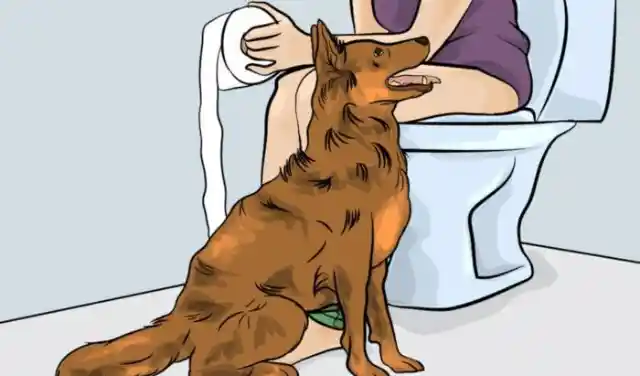
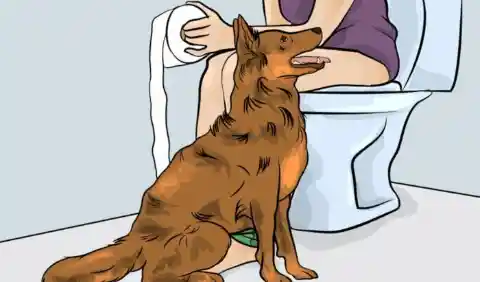
The bond between dog and owner is certainly one of a kind. Having a loyal pup in the household ensures an incredible amount of love from dog to owner, in a "man's best friend" fashion. Although you may not think so, it's actually fairly easy to understand what your pup is asking of you. Some dogs are incredibly obvious when they want delightful bits of love and kisses, but sometimes dogs can behave in a subtle manner as well. Unfortunately, we can't physically speak to our dogs, but here are some signs your dog makes and their translation.
Perhaps the most widely recognizable ways dogs communicate to others is with their tails. In addition to the joyful wagging tail, a dog’s tail can communicate a range of other emotions. For example, a slow wagging means your dog is feeling cautious, and a stiff tail held high means your dog is on alert. A low tail means your pup is feeling content, but a tucked tail means he is feeling scared. If your dog is wagging his tail vigorously enough to make his butt to wiggle (we all know what I’m talking about), he’s absolutely elated to see you!
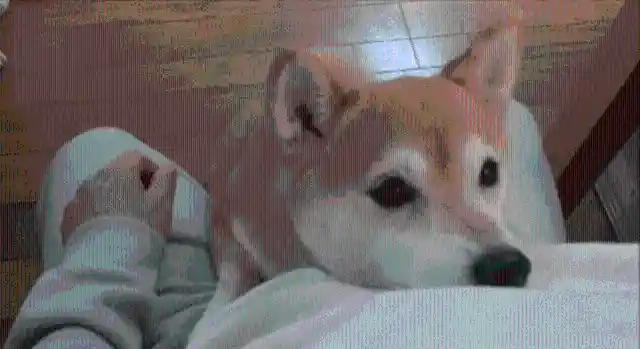
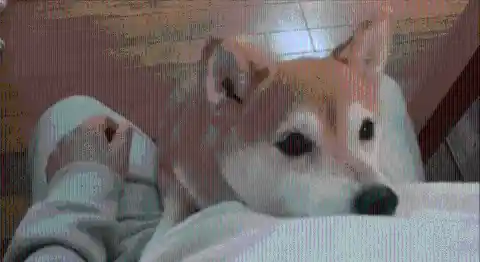
Perhaps the most widely recognizable ways dogs communicate to others is with their tails. In addition to the joyful wagging tail, a dog’s tail can communicate a range of other emotions. For example, a slow wagging means your dog is feeling cautious, and a stiff tail held high means your dog is on alert. A low tail means your pup is feeling content, but a tucked tail means he is feeling scared. If your dog is wagging his tail vigorously enough to make his butt to wiggle (we all know what I’m talking about), he’s absolutely elated to see you!
You’ll notice your dog flicking his tongue quickly in and out of his mouth when you’re about to scold him. This means your dog knows he has done something naughty and he feels bad about it. If your dog flicks its tongue at you, this is his way of telling you that he’s sorry!
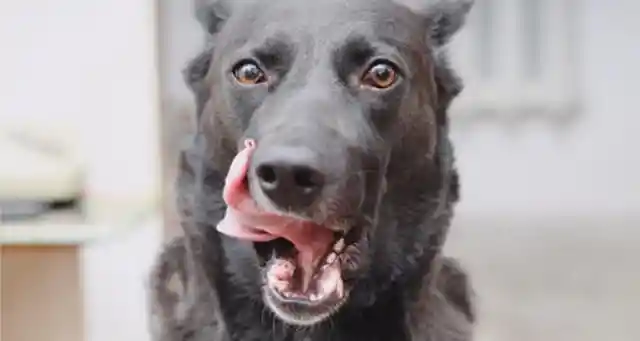
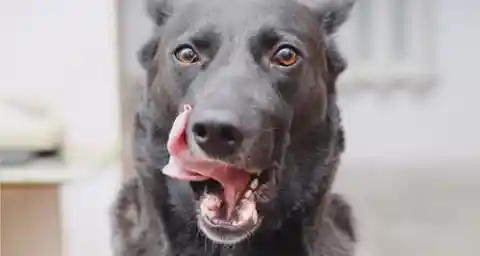
You’ll notice your dog flicking his tongue quickly in and out of his mouth when you’re about to scold him. This means your dog knows he has done something naughty and he feels bad about it. If your dog flicks its tongue at you, this is his way of telling you that he’s sorry!
In addition to face and tail movement, dogs also try to communicate using the rest of their body. If your pup rolls over and bares his belly to you, he is initiating this gesture to appease you (but a belly rub is always welcome!) Dogs also communicate with each other this way, rolling over as a sign of passive resistance to the perceived threat.
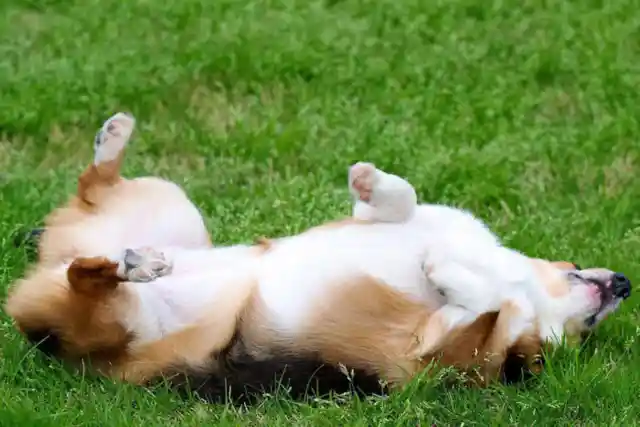
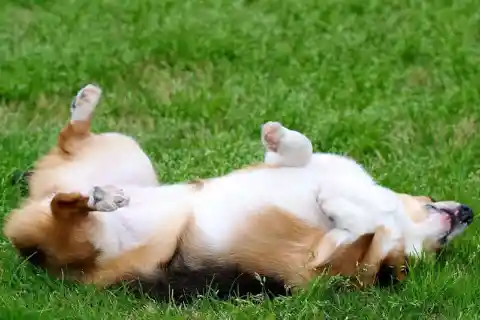
In addition to face and tail movement, dogs also try to communicate using the rest of their body. If your pup rolls over and bares his belly to you, he is initiating this gesture to appease you (but a belly rub is always welcome!) Dogs also communicate with each other this way, rolling over as a sign of passive resistance to the perceived threat.
All of our doggy pals are special, and this fact just proves that even more! Their nose print is actually unique to each dog, and it can be used to identify them. Just like fingerprints on humans, the ridges on dogs' noses form patters that set them aside from any other dog in the past, present, or future! Each one has their own unique mark!
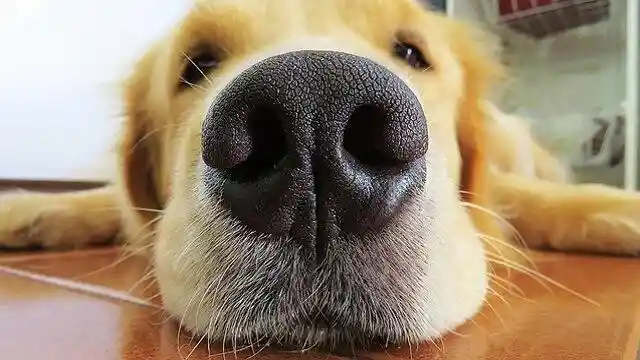
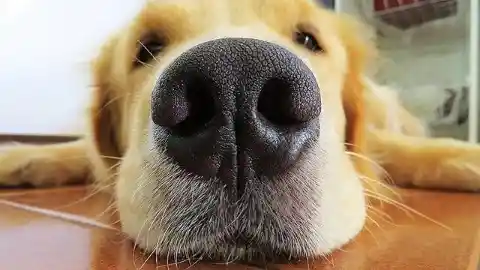
All of our doggy pals are special, and this fact just proves that even more! Their nose print is actually unique to each dog, and it can be used to identify them. Just like fingerprints on humans, the ridges on dogs' noses form patters that set them aside from any other dog in the past, present, or future! Each one has their own unique mark!
If you're dog can just swallow the food, they usually will instead of chewing. Dogs' saliva, unlike humans, doesn't contain any digestive enzymes, meaning their saliva works mainly as a lubricant that can help food pass through the esophagus easily into the stomach, where their digestion really starts. Their saliva also contains chemicals with antibacterial properties, which help clean and assist in healing superficial wounds. Although it's power is limited, and visits to the vest are necessary, it explains why many dogs have tower cones around their heads. The pups just can't help themselves from trying to help their wounds heal.
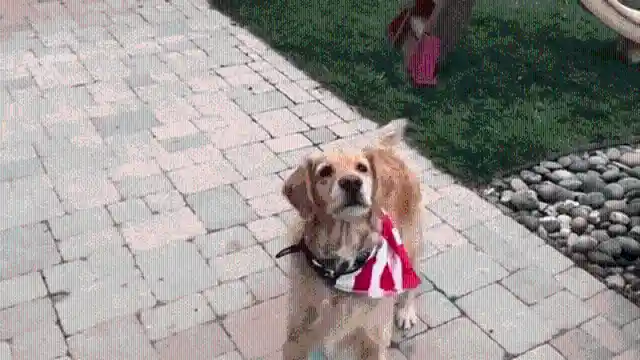
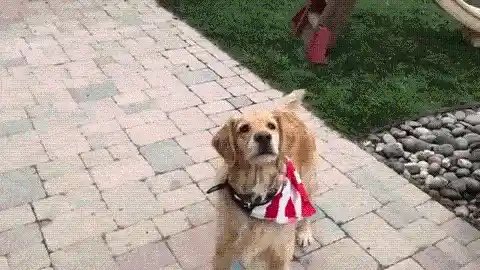
If you're dog can just swallow the food, they usually will instead of chewing. Dogs' saliva, unlike humans, doesn't contain any digestive enzymes, meaning their saliva works mainly as a lubricant that can help food pass through the esophagus easily into the stomach, where their digestion really starts. Their saliva also contains chemicals with antibacterial properties, which help clean and assist in healing superficial wounds. Although it's power is limited, and visits to the vest are necessary, it explains why many dogs have tower cones around their heads. The pups just can't help themselves from trying to help their wounds heal.
Dogs communicate that they want attention by raising a paw and touching you. You probably see this most often when you’re sitting and your dog approaches you to put a paw on your knee. In puppies, this is communicated by pawing the air repeatedly.
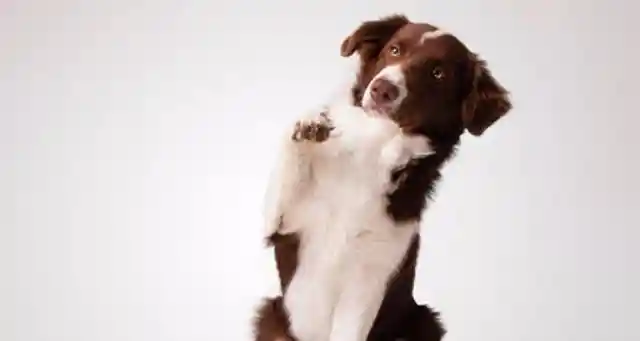
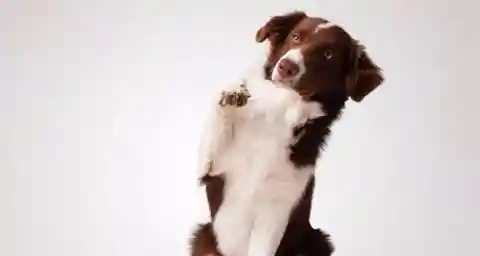
Dogs communicate that they want attention by raising a paw and touching you. You probably see this most often when you’re sitting and your dog approaches you to put a paw on your knee. In puppies, this is communicated by pawing the air repeatedly.
Every once in a while your dog might bring you a ball, stick, or other toy. Most people read this as an invitation to play, which it very well might be. But if your dog brings you one of his favorite toys and drops it at your feet, it’s more likely that he is giving it to you as a gift! This is your pup’s way of showing affection for you by sharing his favorite things with you.
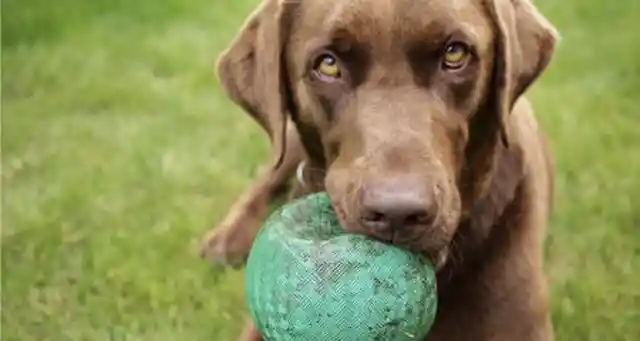
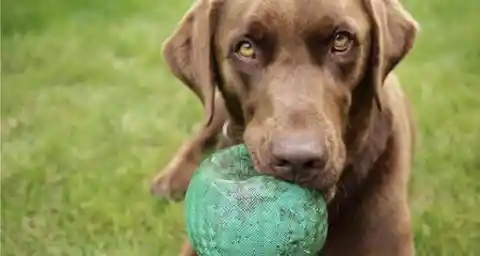
Every once in a while your dog might bring you a ball, stick, or other toy. Most people read this as an invitation to play, which it very well might be. But if your dog brings you one of his favorite toys and drops it at your feet, it’s more likely that he is giving it to you as a gift! This is your pup’s way of showing affection for you by sharing his favorite things with you.
Have you ever noticed that your dog wags his tail in different directions? Experts agree that if your dog is waving his tail to the right, he is happy or relaxed. But on the other hand, if he is wagging his tail to the left, he may be feeling anxious, nervous, or threatened. As humans, noticing these subtle messages can be hard, but you can bet other dogs understand them very clearly.
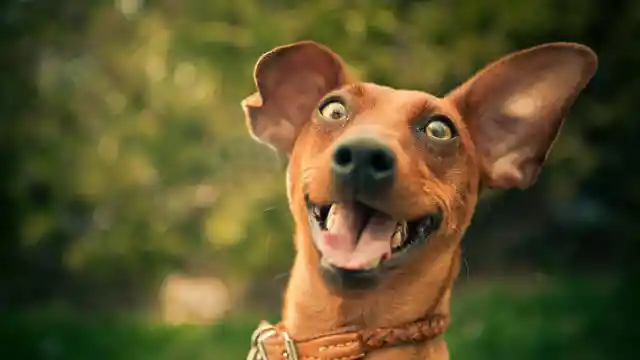
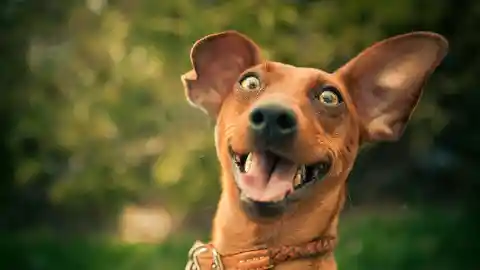
Have you ever noticed that your dog wags his tail in different directions? Experts agree that if your dog is waving his tail to the right, he is happy or relaxed. But on the other hand, if he is wagging his tail to the left, he may be feeling anxious, nervous, or threatened. As humans, noticing these subtle messages can be hard, but you can bet other dogs understand them very clearly.
Dogs do not start wagging their tails the minute they are born, it is a skill they need to learn. Most puppies will start wagging their tail around one and a half months after they are born as they try to "communicate" with their siblings and their mother.
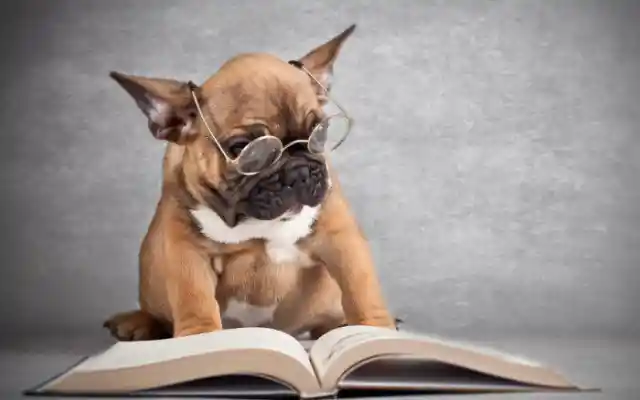
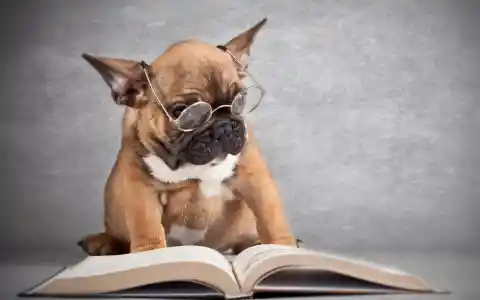
Dogs do not start wagging their tails the minute they are born, it is a skill they need to learn. Most puppies will start wagging their tail around one and a half months after they are born as they try to "communicate" with their siblings and their mother.
Your dog's tail is literally an external extension of the spine. It has its own discs, muscles, and anchors. Being more exposed than the remainder spine, the tail is far more susceptible to injury, but in most cases will recover fully.
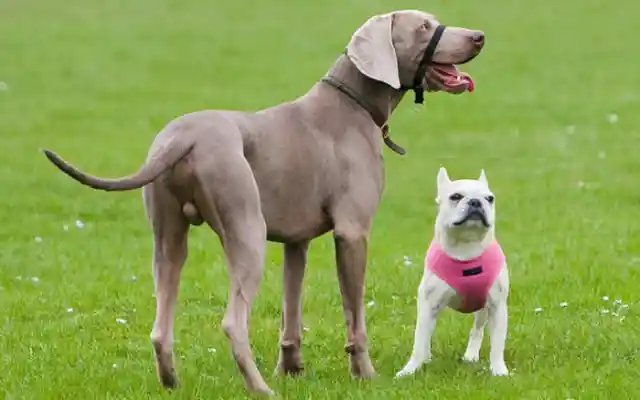
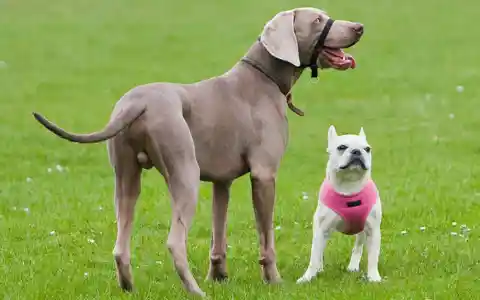
Your dog's tail is literally an external extension of the spine. It has its own discs, muscles, and anchors. Being more exposed than the remainder spine, the tail is far more susceptible to injury, but in most cases will recover fully.
Of course, a dog that follows you around for every step you take isn't completely ideal.....especially in more private places like the bathroom. But, you can't deny that it's completely adorable. According to vets, this type of behavior is simply because it is a dog's instinct to always do things with your family. *Cue the Awwwww's* Of course, a dog that follows you around for every step you take isn't completely ideal.....especially in more private places like the bathroom.
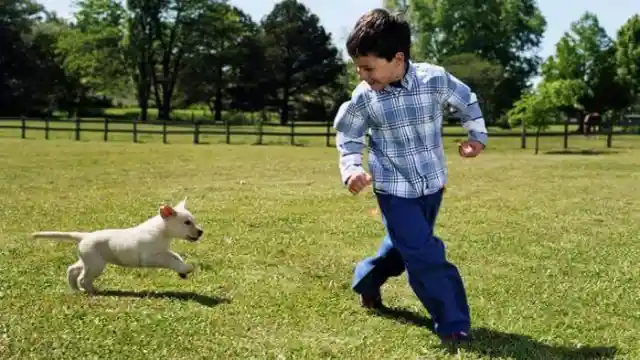
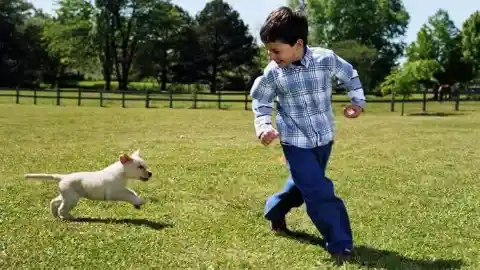
But, you can't deny that it's completely adorable. According to vets, this type of behavior is simply because it is a dog's instinct to always do things with your family. *Cue the Awwwww's*
While some people love it, others might find it completely gross. It's a sure thing to say that dogs like giving people a couple licks every once in a while. What you probably DON'T know, is that giving licks is actually a form of submissive behavior, and it helps dogs in easing their stress, while also showing you love of course!
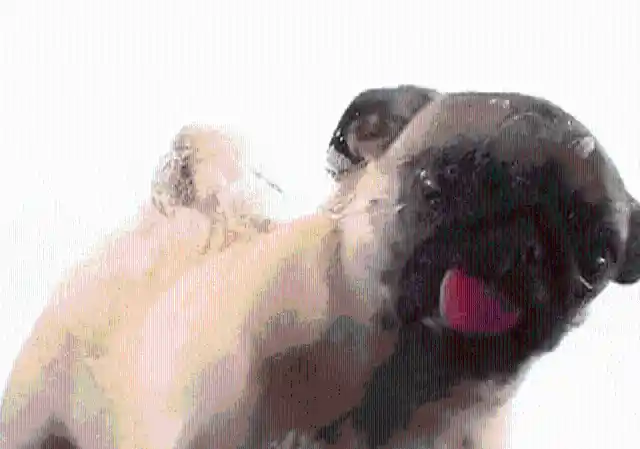
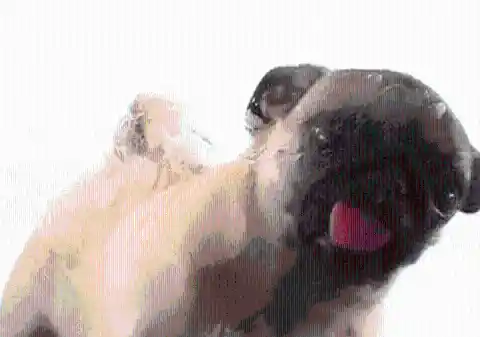
While some people love it, others might find it completely gross. It's a sure thing to say that dogs like giving people a couple licks every once in a while. What you probably DON'T know, is that giving licks is actually a form of submissive behavior, and it helps dogs in easing their stress, while also showing you love of course!
Dogs don't need to physically speak to their owners to sense that something is wrong or if you're upset. Dogs are also incredibly good at reading body language, and will also use their senses to detect if something is wrong. They'll also probably be more than willing to console you if you're feeling down.
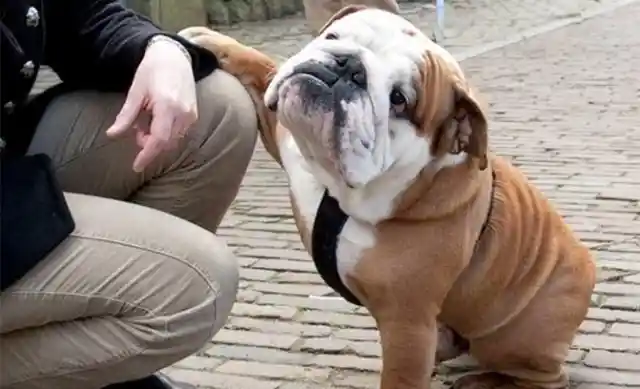
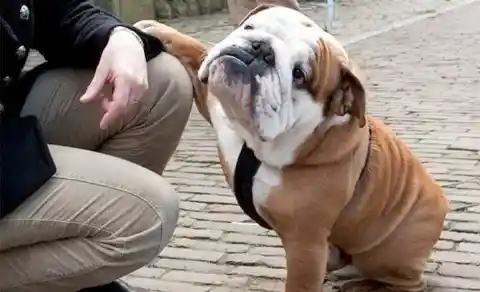
Dogs don't need to physically speak to their owners to sense that something is wrong or if you're upset. Dogs are also incredibly good at reading body language, and will also use their senses to detect if something is wrong. They'll also probably be more than willing to console you if you're feeling down.
One thing is turning an old tube-sock into a tug of war toy, but when your pup starts stealing all your socks, it can eventually turn into a problem. This actually has a very simple explanation. Your socks carry a stronger scent than the rest of your clothes, usually of sweat, and yes, to a dog's nose, everyone's feet smell.
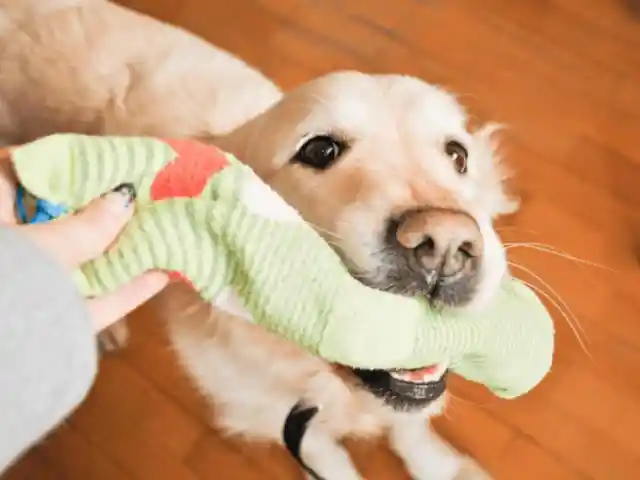
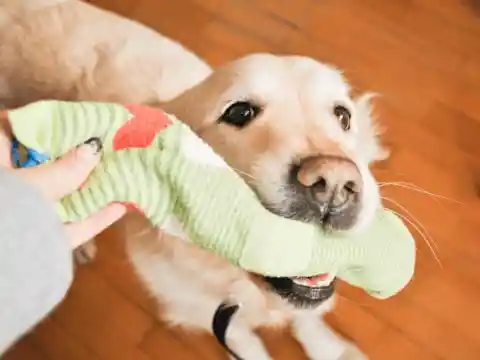
One thing is turning an old tube-sock into a tug of war toy, but when your pup starts stealing all your socks, it can eventually turn into a problem. This actually has a very simple explanation. Your socks carry a stronger scent than the rest of your clothes, usually of sweat, and yes, to a dog's nose, everyone's feet smell.
So, you give your dog a bath, and he cooperates because he's a good boy. But, as soon as you're done drying him off, HE TAKES OFF! Soon, he's running around the house like the speed of light, and you're amazed. There are two possible explanations for this. One, is that although your dog is good during bath time, it's still a stressful experience for him. By running around, it gives him a way to release their stress. Another reason why they run around is to get the "stink" of the bath off. Dogs don't really like the clean smell of soap, and so running around might get the smell off them.
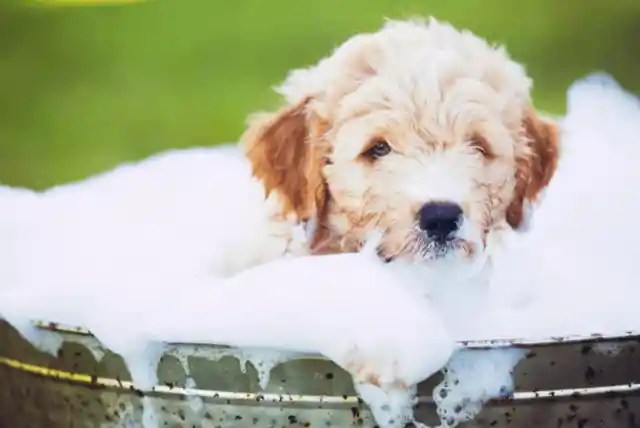
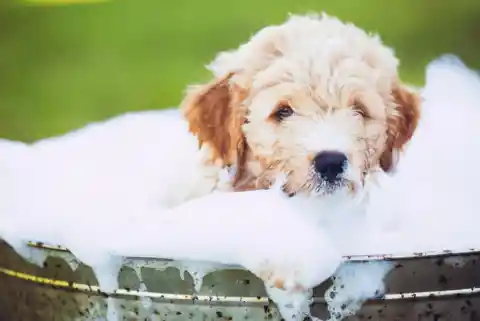
So, you give your dog a bath, and he cooperates because he's a good boy. But, as soon as you're done drying him off, HE TAKES OFF! Soon, he's running around the house like the speed of light, and you're amazed. There are two possible explanations for this. One, is that although your dog is good during bath time, it's still a stressful experience for him. By running around, it gives him a way to release their stress. Another reason why they run around is to get the "stink" of the bath off. Dogs don't really like the clean smell of soap, and so running around might get the smell off them.
Very often dogs walk in circles before settling down for a deep sleep. This behavior is actually hardwired in them from prehistoric times. Your pups wild dog ancestors would walk around in circles to make a nest- which was an area with stomped-down grass or underbrush where they could sleep. By doing this, it can also drive out snakes or large insects that might have bothered them.
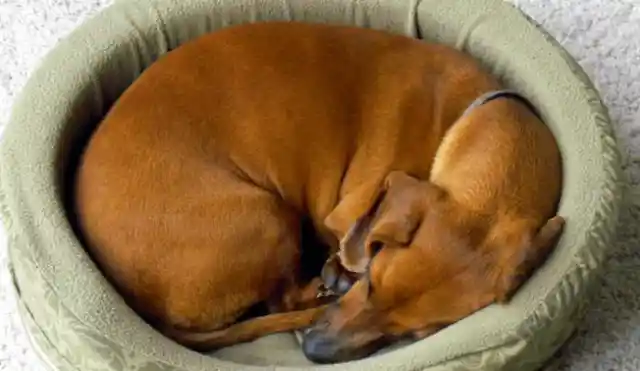
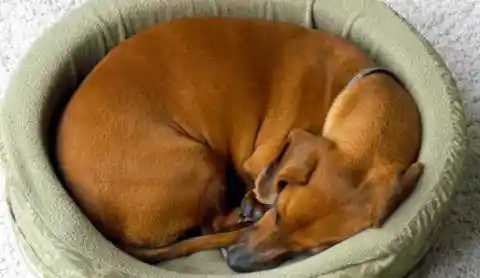
Very often dogs walk in circles before settling down for a deep sleep. This behavior is actually hardwired in them from prehistoric times. Your pups wild dog ancestors would walk around in circles to make a nest- which was an area with stomped-down grass or underbrush where they could sleep. By doing this, it can also drive out snakes or large insects that might have bothered them.
Dogs aren't just particular about their "nets", but they also like to go #2 while being aligned with the north-south axis of the Earth's magnetic field. Researches were able to prove this by doing a study involving 57 different breeds, and they are unsure how the dogs are able to sense the magnetic field, or why they have such a specific position.
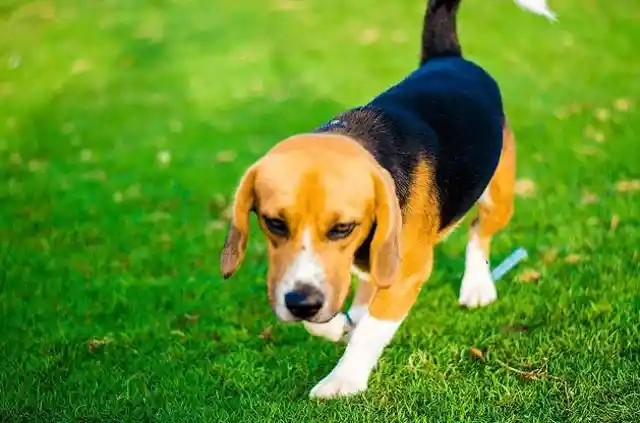
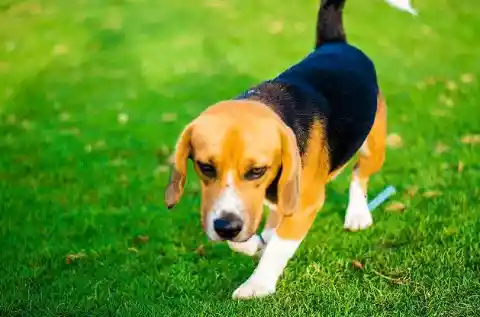
Dogs aren't just particular about their "nets", but they also like to go #2 while being aligned with the north-south axis of the Earth's magnetic field. Researches were able to prove this by doing a study involving 57 different breeds, and they are unsure how the dogs are able to sense the magnetic field, or why they have such a specific position.
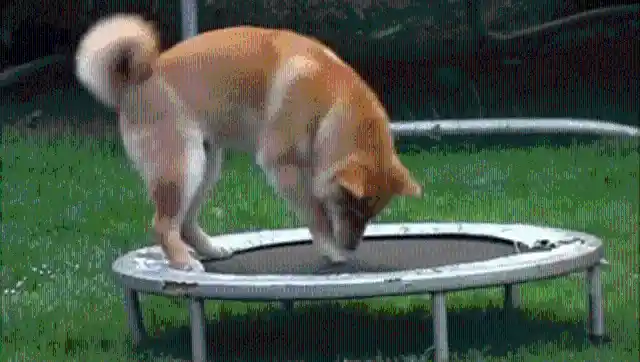
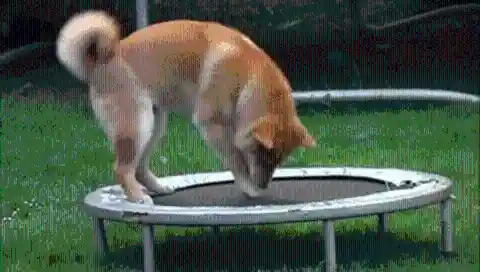
Although it may seem like play behavior, or an enthusiastic greeting, jumping up on you is actually a sign that your dog is trying to assert their dominance over you. By encouraging this behavior with affection, you are reinforcing the behavior.


Although it may seem like play behavior, or an enthusiastic greeting, jumping up on you is actually a sign that your dog is trying to assert their dominance over you. By encouraging this behavior with affection, you are reinforcing the behavior.
Yes, it's one of the grossest things a dog can do. Eating poop, or in more specific terms, coprophagia, is actually a common habit amongst dogs. We may never fully understand why so many dogs enjoy eating feces.There are many theories that include it being a sign of illness or malnutrition, or it's the effect of anxiety and stress, or a form of pica. While this habit isn't really dangerous to dogs, it's quite disgusting and not exactly healthy. Specific training can help you break this habit.
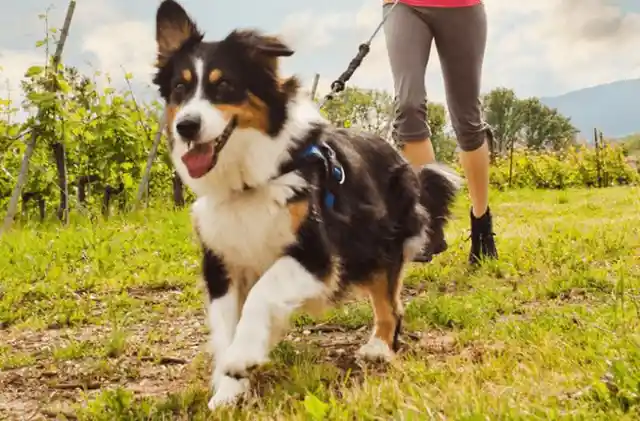
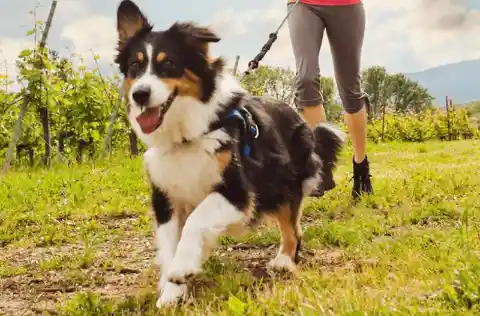
Yes, it's one of the grossest things a dog can do. Eating poop, or in more specific terms, coprophagia, is actually a common habit amongst dogs. We may never fully understand why so many dogs enjoy eating feces.There are many theories that include it being a sign of illness or malnutrition, or it's the effect of anxiety and stress, or a form of pica. While this habit isn't really dangerous to dogs, it's quite disgusting and not exactly healthy. Specific training can help you break this habit.
Does your dog constantly lean on you? Many dogs like to lean on their owners' legs, feet or bodies. This seems especially true in giant dog breeds. The reason for this is simple. Your dog wants to be closer to you! A less common reason for doing this may be a sign of fear or insecurity. Leaning may also be related to separation anxiety, which will show through other signs if you leave your dog alone.
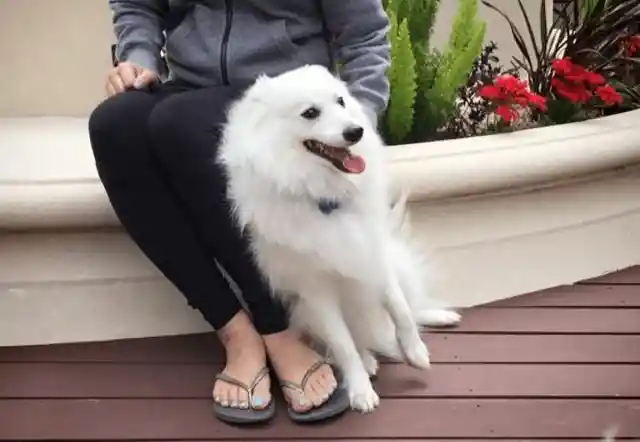
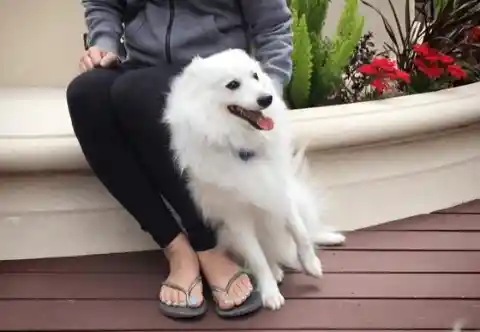
Does your dog constantly lean on you? Many dogs like to lean on their owners' legs, feet or bodies. This seems especially true in giant dog breeds. The reason for this is simple. Your dog wants to be closer to you! A less common reason for doing this may be a sign of fear or insecurity. Leaning may also be related to separation anxiety, which will show through other signs if you leave your dog alone.
Panting is a completely normal doggy behavior. However, what's the reason for it? Dogs pant mostly to cool themselves off. Because they don't sweat the way humans do, dogs have to rely on the exchange of air at their mouths to cool their bodies off. To assist them, we should do our best to keep our dogs cool, preventing heat exhaustion and heat stroke. Some dogs can pant due to anxiety, stress or fear. Removing your dog from the situation is the best action you can take.
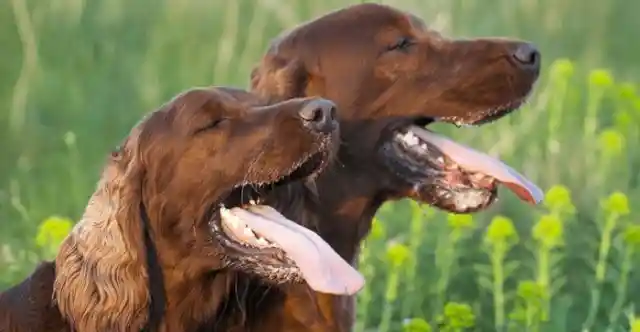
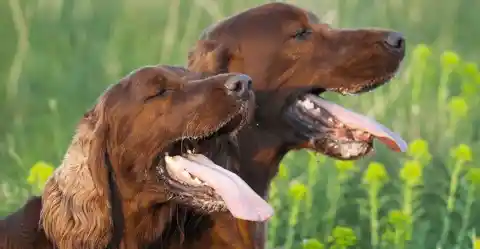
Panting is a completely normal doggy behavior. However, what's the reason for it? Dogs pant mostly to cool themselves off. Because they don't sweat the way humans do, dogs have to rely on the exchange of air at their mouths to cool their bodies off. To assist them, we should do our best to keep our dogs cool, preventing heat exhaustion and heat stroke. Some dogs can pant due to anxiety, stress or fear. Removing your dog from the situation is the best action you can take.
Does your dog look or bark at his reflection? This behavior is completely normal when you think about it. There's a moving, odorless dog that appears in the house, it's probably about as scary him as seeing a ghost. Many dogs eventually learn to ignore the weird Spector.
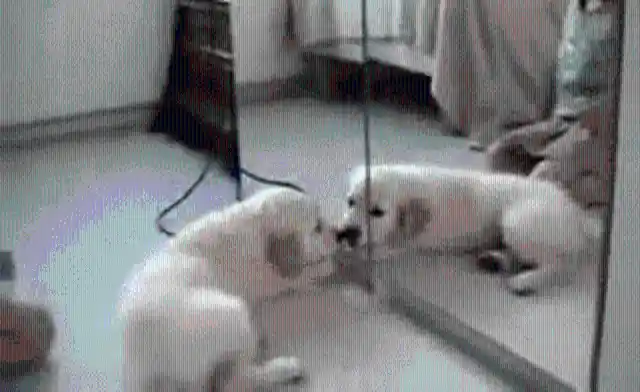
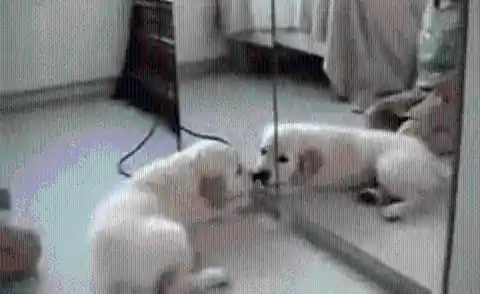
Does your dog look or bark at his reflection? This behavior is completely normal when you think about it. There's a moving, odorless dog that appears in the house, it's probably about as scary him as seeing a ghost. Many dogs eventually learn to ignore the weird Spector.
Does the site of the vacuum cleaner send your dog running and hiding? Do they run from cars, or the dishwasher? Or maybe even a slippery floor? You might try to reason their fear with them, but for many dogs ordinary objects can cause a fright for them. Fear is a very complex thing for them. Some dogs develop fears after bad experiences, while others develop fears after lack of exposure. Fears can also be made worse by the dogs owner. If a dogs afraid whenever the dishwasher starts and the owner either reprimands the dog or is overly consoling to them, the fear can be reinforced. This is why early socialization and exposure is important to help a dog develop a confident personality.
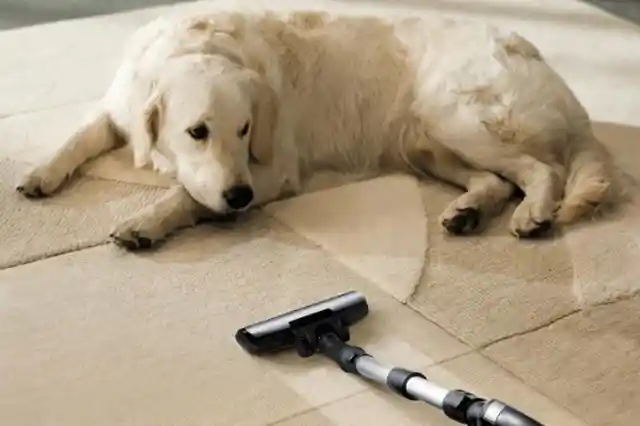
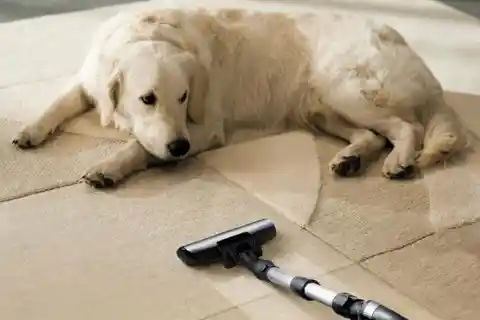
Does the site of the vacuum cleaner send your dog running and hiding? Do they run from cars, or the dishwasher? Or maybe even a slippery floor? You might try to reason their fear with them, but for many dogs ordinary objects can cause a fright for them. Fear is a very complex thing for them. Some dogs develop fears after bad experiences, while others develop fears after lack of exposure. Fears can also be made worse by the dogs owner. If a dogs afraid whenever the dishwasher starts and the owner either reprimands the dog or is overly consoling to them, the fear can be reinforced. This is why early socialization and exposure is important to help a dog develop a confident personality.
Digging is an instinctual activity, and it's written incredibly deep in a dog's DNA. It's also especially strong in terrier breeds. Dogs in natural packs will dig to hide food or to try and uncover food like small rodents. A den dug in the cool earth can also provide shelter from the heat.
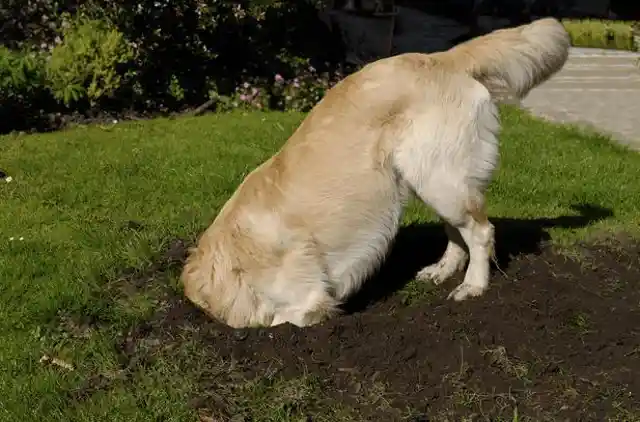
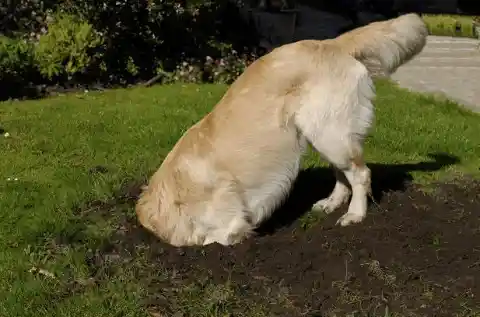
Digging is an instinctual activity, and it's written incredibly deep in a dog's DNA. It's also especially strong in terrier breeds. Dogs in natural packs will dig to hide food or to try and uncover food like small rodents. A den dug in the cool earth can also provide shelter from the heat.
Strange noises, speaking in an unfamiliar tone, or even whistling can lead to your dog doing this cute pose. The science behind it is simple, your dog's very sensitive hearing is picking something different; they're interested in figuring out what the noise is and how to make sense of it.
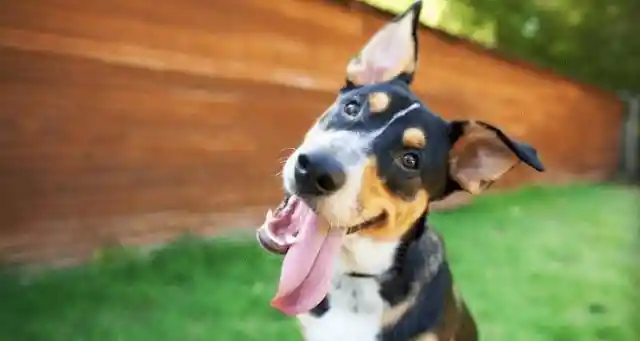
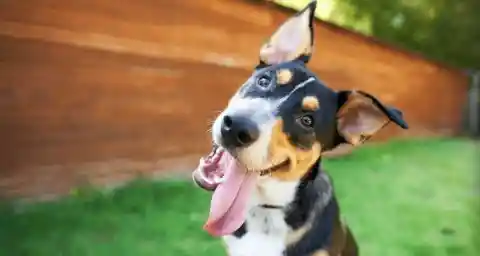
Strange noises, speaking in an unfamiliar tone, or even whistling can lead to your dog doing this cute pose. The science behind it is simple, your dog's very sensitive hearing is picking something different; they're interested in figuring out what the noise is and how to make sense of it.
Puppies nip at their owners while they learn to communicate with their pet parents. It usually happens while they're playing since young dogs often communicate with their mouths in order to interact. It may also happen during training, or for perhaps no reason you can identify. If your young pup is a regular nipper it's important to stop it before it develops into a more problematic dog behavior down the line. Dogs usually bite due to anxiety, fear or aggression. Try to identify which mood is motivating your pet to bite.
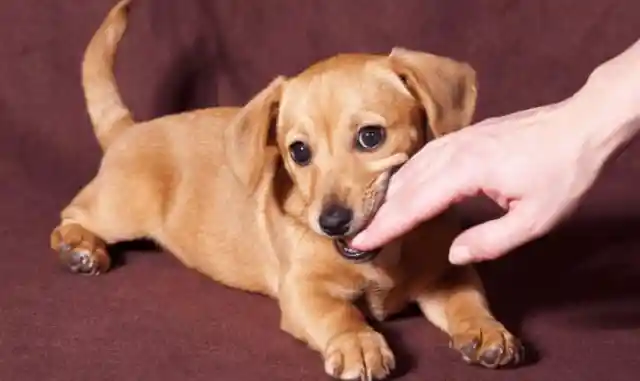
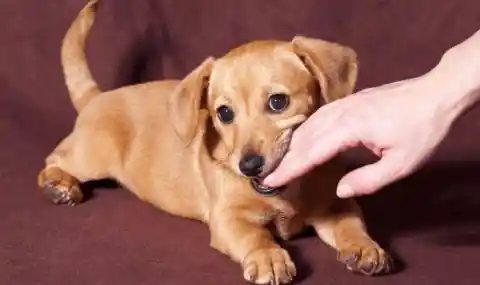
Puppies nip at their owners while they learn to communicate with their pet parents. It usually happens while they're playing since young dogs often communicate with their mouths in order to interact. It may also happen during training, or for perhaps no reason you can identify. If your young pup is a regular nipper it's important to stop it before it develops into a more problematic dog behavior down the line. Dogs usually bite due to anxiety, fear or aggression. Try to identify which mood is motivating your pet to bite.
Oh, the dreaded and embarrassing crotch sniffing. However, understanding the cause of the behavior will help you realize that your dog isn't trying to be rude. If you've seen two dogs meet for the first tie, you know that a dogs version of eating is sniffing each other's genital areas and rear ends. In dogs, these areas contain scent glands that provide information about the dog, like their gender and health. Humans also have scent glands that offer clues about who they are. Hence, a dog is just sniffing around in order to get to know the person. The behavior isn't harmful, but can be annoying. The best way to train your dog to stop is by rewarding them for sitting still when a guest arrives rather than going in for a sniff.
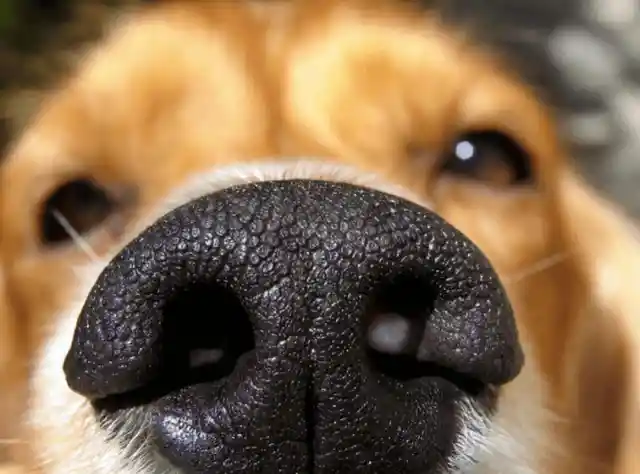
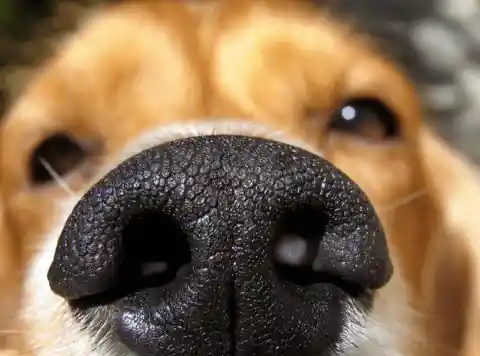
Oh, the dreaded and embarrassing crotch sniffing. However, understanding the cause of the behavior will help you realize that your dog isn't trying to be rude. If you've seen two dogs meet for the first tie, you know that a dogs version of eating is sniffing each other's genital areas and rear ends. In dogs, these areas contain scent glands that provide information about the dog, like their gender and health. Humans also have scent glands that offer clues about who they are. Hence, a dog is just sniffing around in order to get to know the person. The behavior isn't harmful, but can be annoying. The best way to train your dog to stop is by rewarding them for sitting still when a guest arrives rather than going in for a sniff.